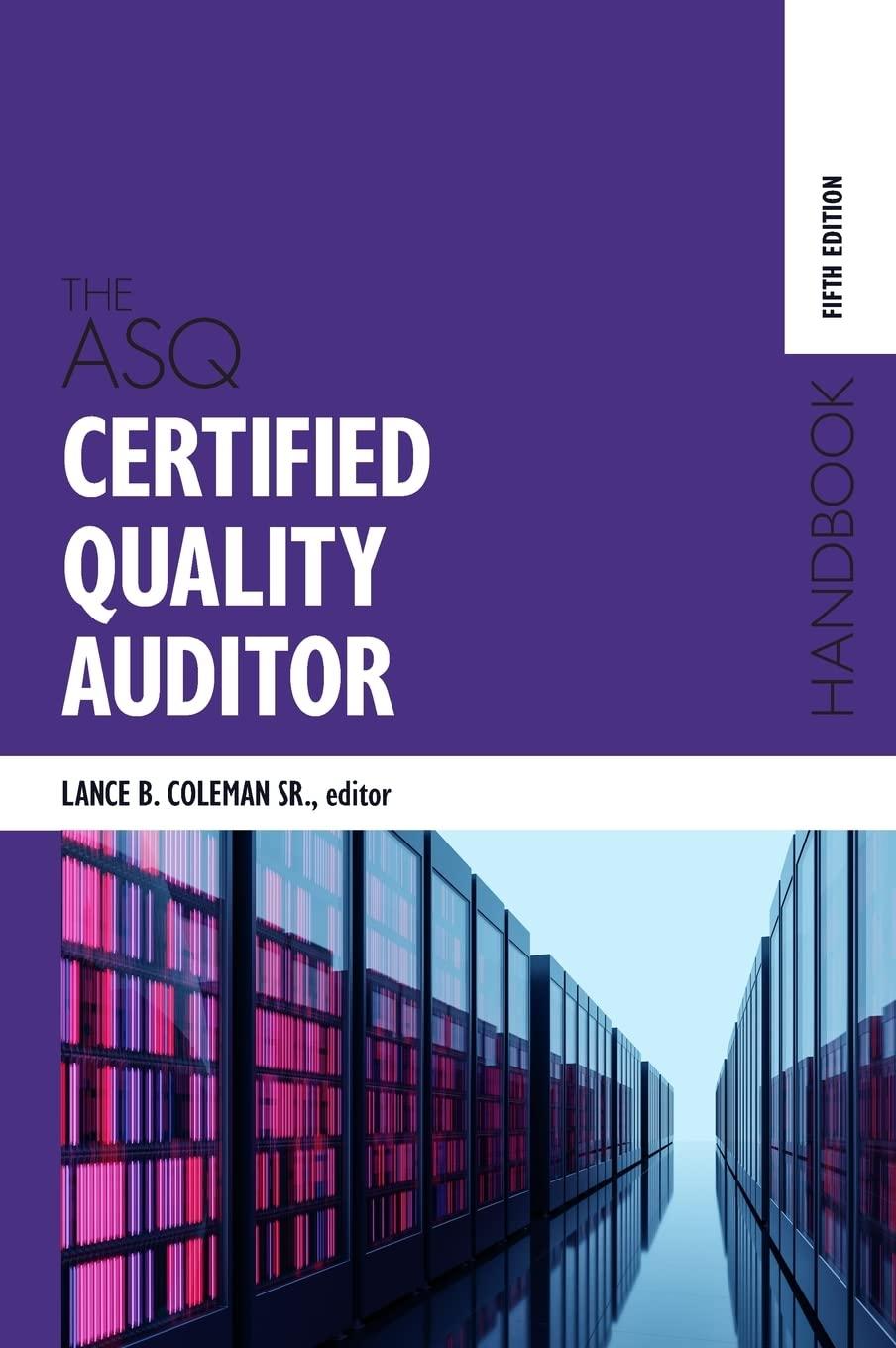

1. Cooperation: Punishment and Rewards in an Infinitely Repeated Game. Using the Grim-Trigger strategy profile, find the conditions on the discount rate and factor under which cooperation can be supported in the infinitely repeated games for the stage games depicted below: A, B, and C. Note that stage game A is symmetric and so you need to only use the playoffs of one of the players to find the condition for the discount factor that will support cooperation. For stage games B and Chowever, the Row Player's Payoffs change so you will need to look at each player for determining the discount factor that is binding so that there is cooperation by both players. Show your work. Note that r is the interest rate and 8 is the discount factor. The two are related by the following equation 8 - 1/(1 + r). There's an inverse relation between the two. Stage Game A: Column Player Cooperate (C) Defect (D) Row Player Cooperate (C) (158, 158) (-53, 350) Defect (D) (350,-53) ,0) (1. A) Conditions on the discount rate and factor: Stage Game B: Column Player Cooperate (C) Defect (D) Row Player Cooperate (C) (158, 158) (-53, 350) Defect (D) (403, -53) (0,0) (L.B) Conditions on the discount rate and factor. (Hint: Column Player's condition remains the same as in Stage Game A, so after finding the condition for the Row Player's discount rate and factor which one is binding? (1.B.1) Is cooperation more or less likely? (That is, is it harder to support cooperation or is it the same or easier?) Explain what's going on with Row's payoffs relative to the Column Player's Stage Game C Column Player Cooperate (C) Defect (D) Row Player Cooperate (C) (158, 158) (-53, 350) Defect (D) (403.-53) (70,0) (1.c) Conditions on the discount rate and factor. (Hint: Column Player's condition remains the same as in Stage Games A and B, so after finding the condition for the Row Player's discount rate and factor, which one is binding?) 1.Ch) Is cooperation more or less likely? (That is, is it harder to support cooperation or is it the same or easier?) Explain. 1. Cooperation: Punishment and Rewards in an Infinitely Repeated Game. Using the Grim-Trigger strategy profile, find the conditions on the discount rate and factor under which cooperation can be supported in the infinitely repeated games for the stage games depicted below: A, B, and C. Note that stage game A is symmetric and so you need to only use the playoffs of one of the players to find the condition for the discount factor that will support cooperation. For stage games B and Chowever, the Row Player's Payoffs change so you will need to look at each player for determining the discount factor that is binding so that there is cooperation by both players. Show your work. Note that r is the interest rate and 8 is the discount factor. The two are related by the following equation 8 - 1/(1 + r). There's an inverse relation between the two. Stage Game A: Column Player Cooperate (C) Defect (D) Row Player Cooperate (C) (158, 158) (-53, 350) Defect (D) (350,-53) ,0) (1. A) Conditions on the discount rate and factor: Stage Game B: Column Player Cooperate (C) Defect (D) Row Player Cooperate (C) (158, 158) (-53, 350) Defect (D) (403, -53) (0,0) (L.B) Conditions on the discount rate and factor. (Hint: Column Player's condition remains the same as in Stage Game A, so after finding the condition for the Row Player's discount rate and factor which one is binding? (1.B.1) Is cooperation more or less likely? (That is, is it harder to support cooperation or is it the same or easier?) Explain what's going on with Row's payoffs relative to the Column Player's Stage Game C Column Player Cooperate (C) Defect (D) Row Player Cooperate (C) (158, 158) (-53, 350) Defect (D) (403.-53) (70,0) (1.c) Conditions on the discount rate and factor. (Hint: Column Player's condition remains the same as in Stage Games A and B, so after finding the condition for the Row Player's discount rate and factor, which one is binding?) 1.Ch) Is cooperation more or less likely? (That is, is it harder to support cooperation or is it the same or easier?) Explain








